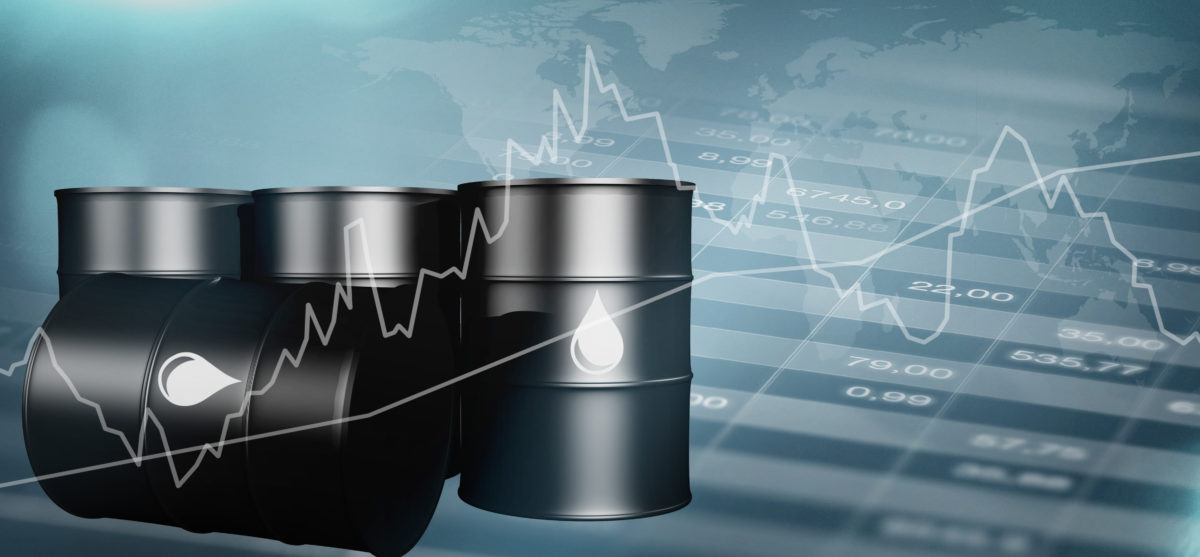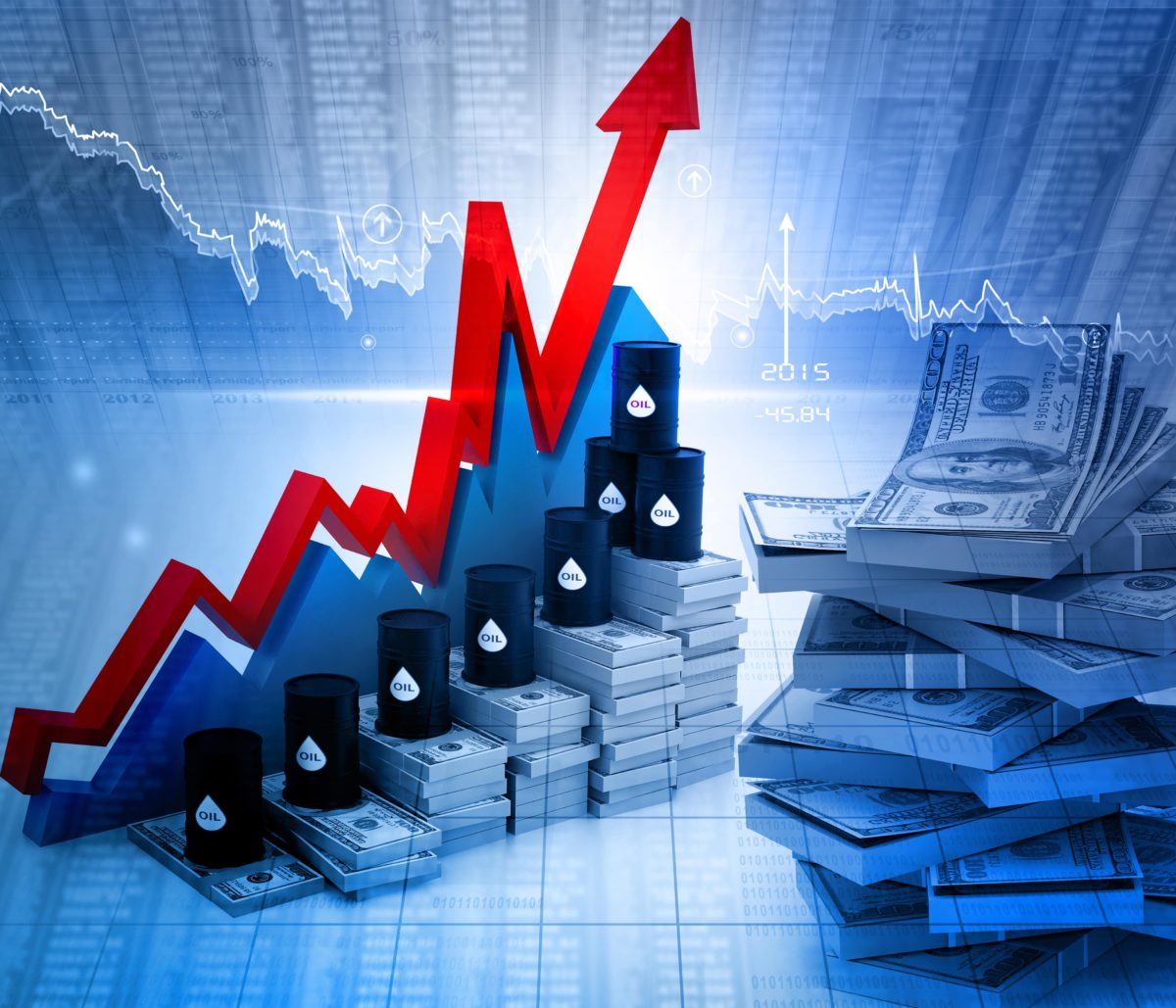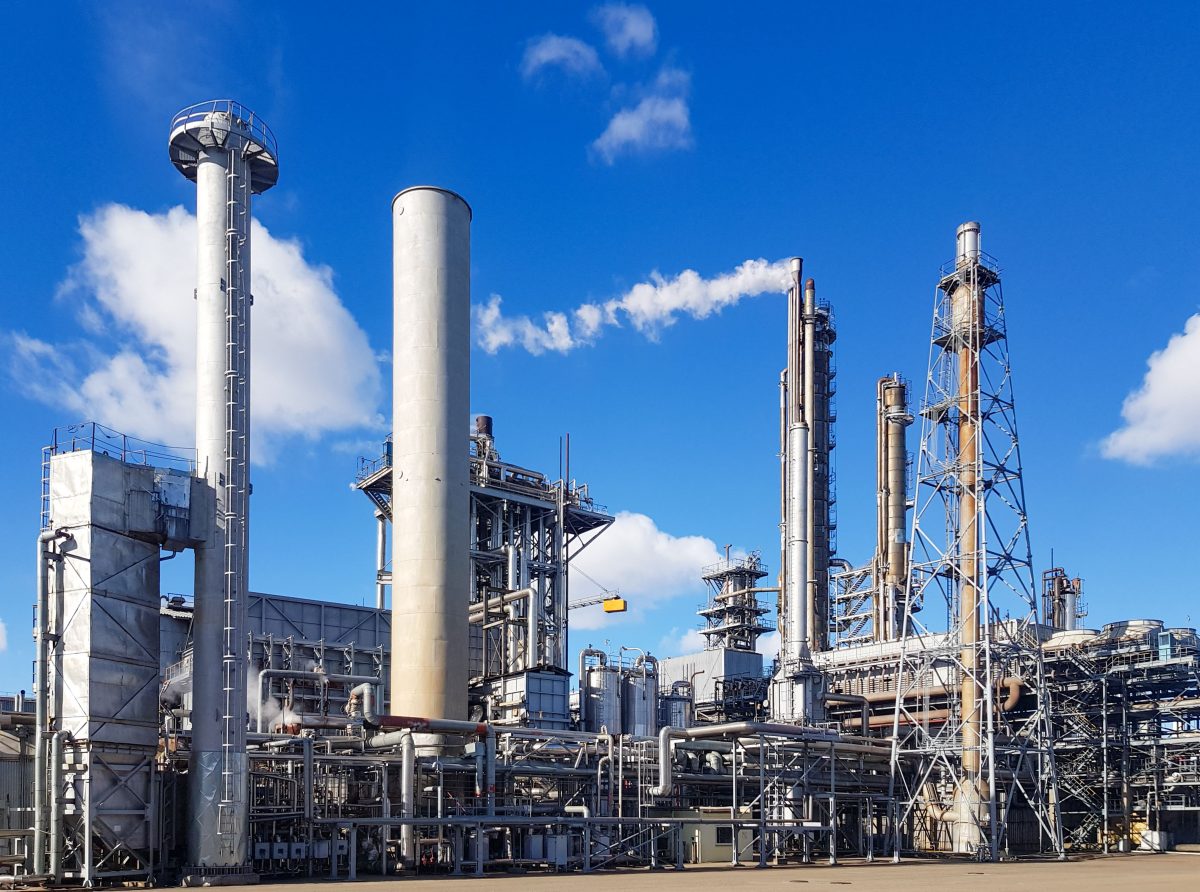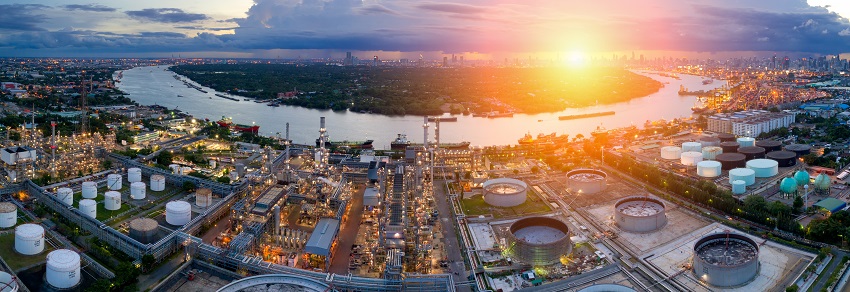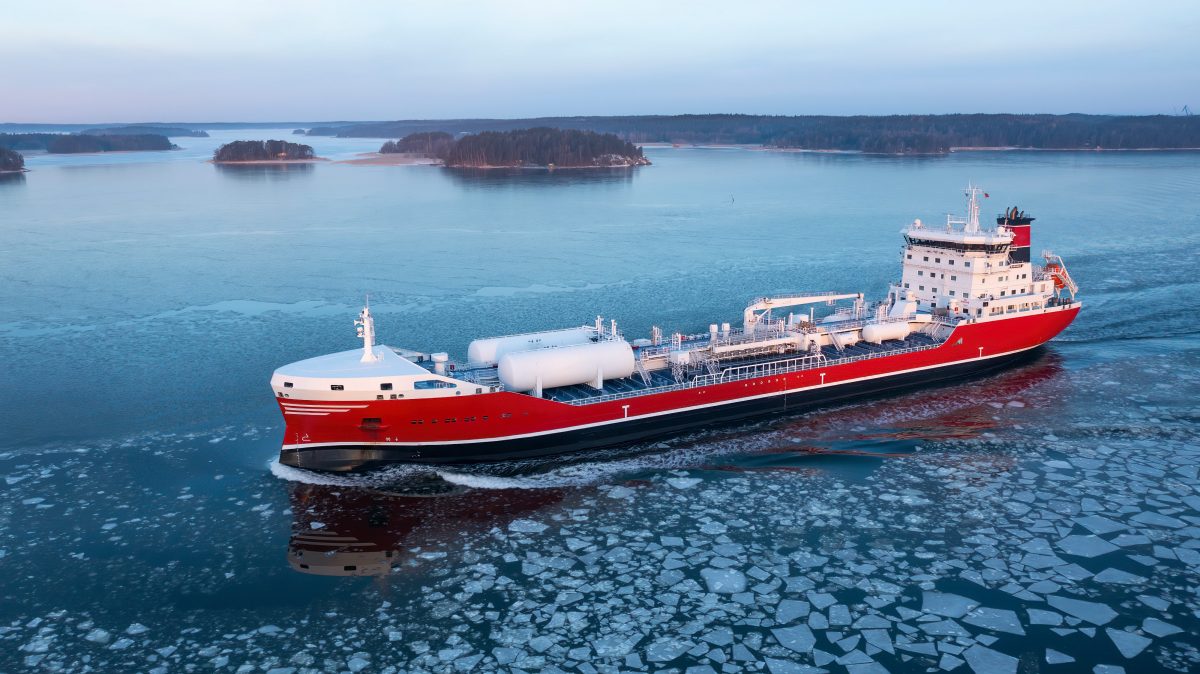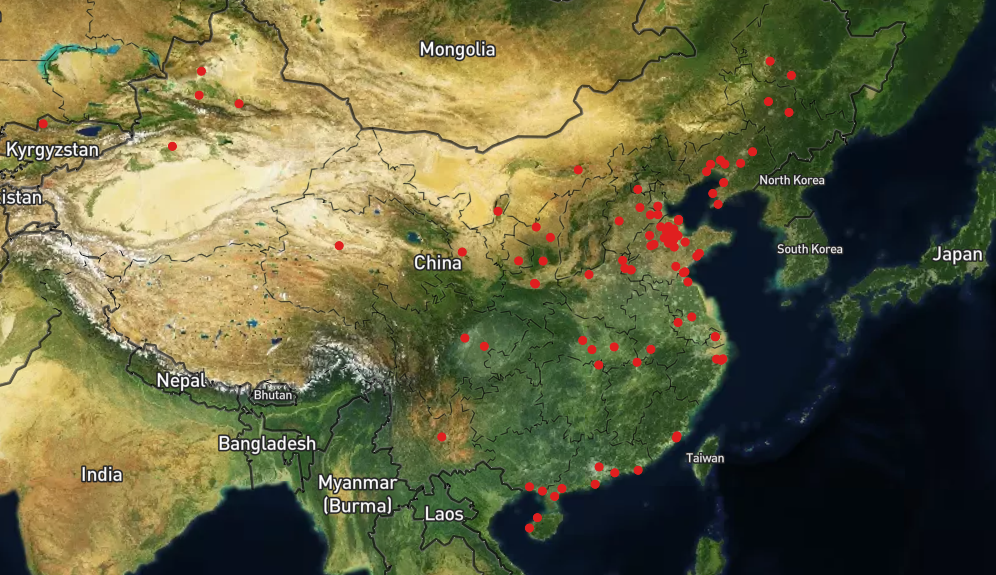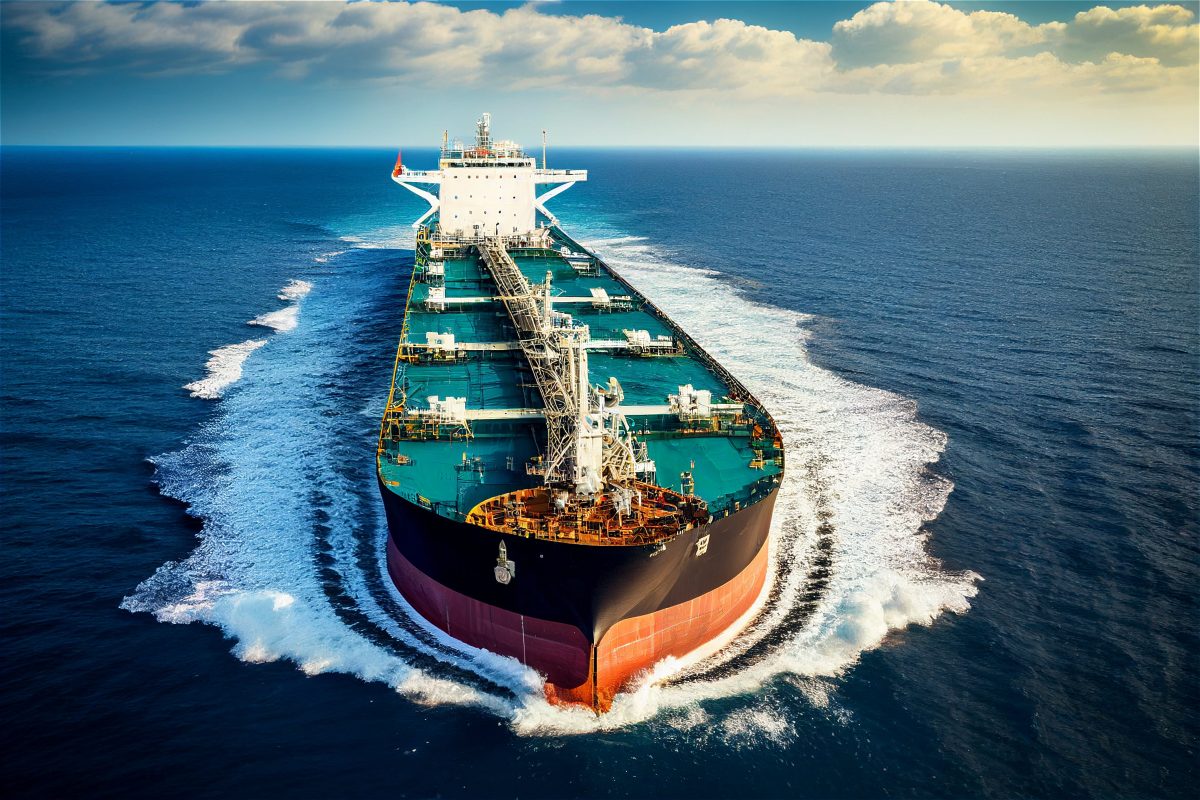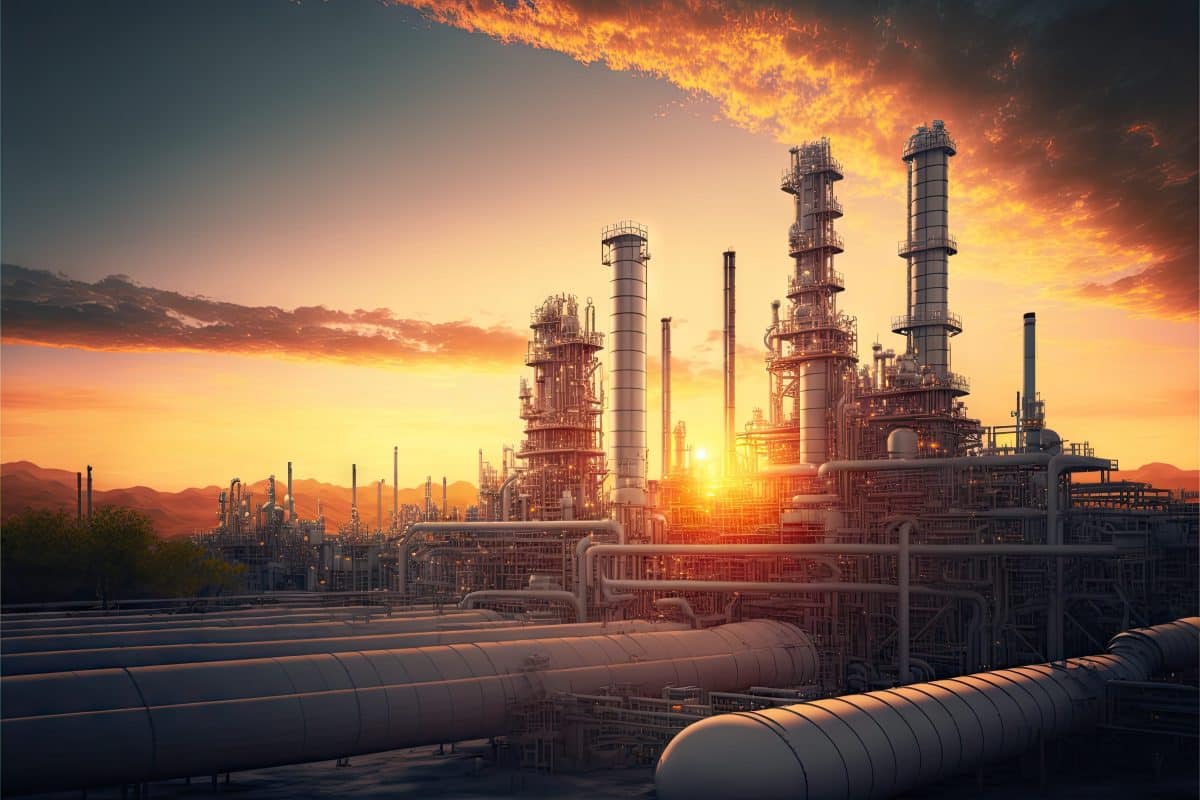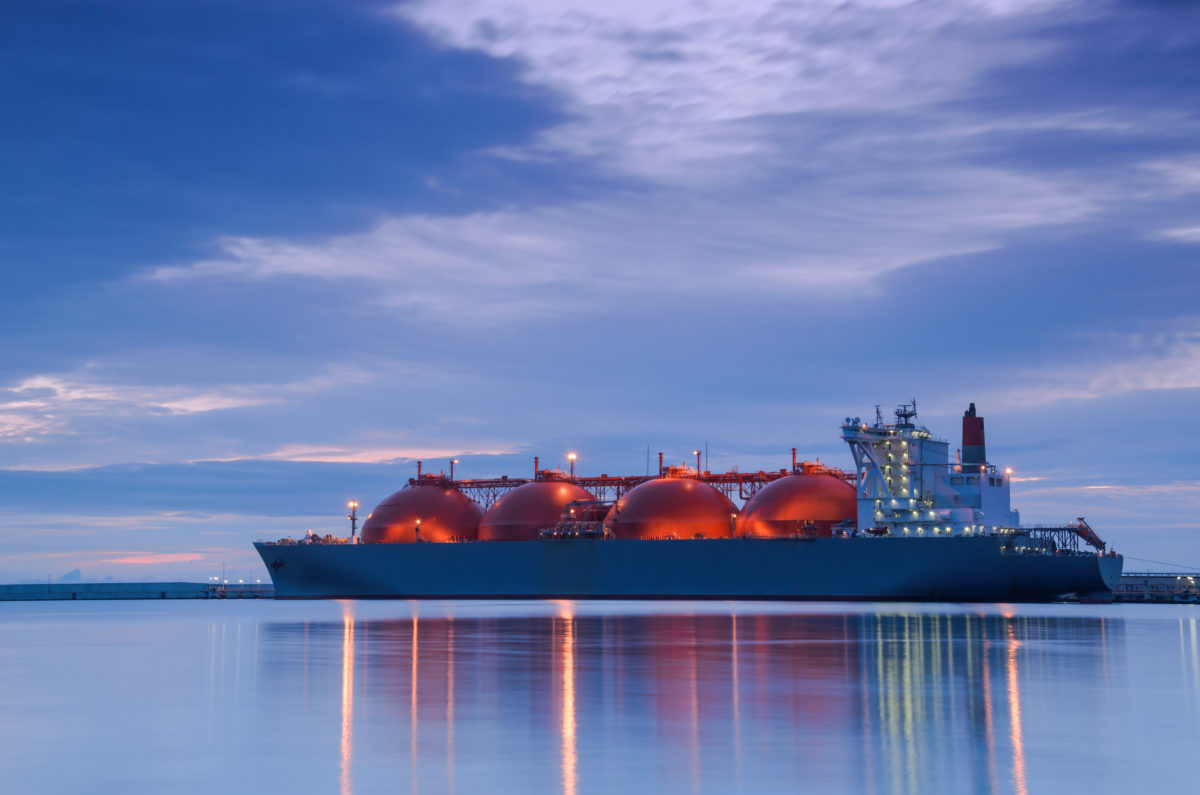Despite Western-led sanctions aimed at punishing Russia over its war in Ukraine, growing demand for Russian energy imports has helped keep the country’s besieged economy afloat.
China and India, Asia’s biggest and third-biggest economies, respectively, have been the biggest drivers of the trend.
Russia’s economy shrank by just 2.1 percent in 2022 — far less than previously forecast contractions of up to 12 percent.
How much has Chinese and Indian demand for Russian energy grown?
China and India, both of which have declined to condemn Russia or impose sanctions over the war, became the biggest buyers of Russian crude oil last year as Western countries restricted imports and imposed sanctions.
China’s imports of Russian crude oil spiked 8 percent in 2022, the equivalent of 1.72 million barrels per day (bpd), according to Chinese customs data, making Russia the East Asian giant’s second-biggest supplier.
Kpler, a commodities market analysis firm, has estimated that China will import some 5.62 million bpd in February, beating the previous all-time high.
China’s imports of Russian pipeline gas and liquefied natural gas in 2022 soared 2.6 times and 2.4 times, respectively, to $3.98bn and $6.75bn, respectively.
Meanwhile, China’s imports of Russian coal last year surged 20 percent to 68.06 million tonnes.
India, which has emerged as the biggest customer of Russian oil, in January imported a record 1.4 million bpd of the commodity — a more than 9 percent rise from December.
India’s imports of thermal coal in 2022 rose nearly 15 percent to 161.18 million tonnes.
Analysts have said that cheap imports are difficult to ignore for Prime Minister Narendra Modi, who has boosted security ties with the West while maintaining warm Russia ties, as he faces both high inflation and an election year.
Turkey has also emerged as a top buyer of Russian energy crude oil and coal, with analysts pointing to Pakistan and Bangladesh as markets that are likely to follow suit and ramp up Russian energy imports at discounted prices.
Taking a page from heavily-sanctioned Iran, Russia has built up a “shadow fleet” of up to 600 old oil tankers to circumvent Western sanctions, according to the Economist Intelligence Unit (EIU).
Demand for oil storage tanks in Singapore is also surging, Bloomberg reported last month, suggesting that Russian fuel is being blended with other oil and re-exported, making it more difficult to trace.
“While Russian gas pipeline exports to Europe have obviously collapsed, Russian exports of both oil and coal have continued to flow at close to pre-war volumes,” Gavin Thompson, vice chairman for energy in the Asia Pacific at Wood Mackenzie, told Al Jazeera.
What restrictions have been placed on Russian energy exports?
The European Union began phasing in sanctions on Russian oil last year, and on December 5, imposed a ban on seaborne crude oil exports. The EU, the G7, and Australia also agreed to set a price cap on Russian crude oil at $60 per barrel, $20-30 per barrel less than its competitors depending on price fluctuations. Prices will be adjusted every two months.
The price of Russian crude oil, however, has been trending well below the $60 cap in the past two months, which means European companies can still provide secondary services like shipping, finance and insurance.
On February 5, a new round of restrictions and price caps were put in place on higher-value Russian refined oil products like diesel and cooking fuel.
The goal is not to cripple Russia completely — which would send global oil prices skyrocketing — but to “cause pain to the Kremlin,” said Matt Sherwood, the EIU’s Senior Europe and Lead commodities analyst.
“The price caps and the sanctions … still make it economical for Russia to continue producing and ship out its oil, but it also means it’s having to trade and price that oil at such a discount that it’s having an impact on its fiscal situation and its financing of its war machine,” Sherwood told Al Jazeera.
How are sanctions affecting Russia?
Following the EU’s ban on Russian oil product exports that took effect on February 5, Russia said it would cut crude oil production by 500,000 barrels a day, or about 5 percent of total volume, starting in March.
Analysts say the restrictions, the EU’s sixth package of sanctions since the war began, will be more difficult to circumvent than past measures because finding new markets for oil products is harder to do than for crude oil, which countries like China and India can refine themselves and sell for a profit.
Moscow has also said it will not trade with any country that mentions the G7 price cap in their contracts.
The EIU has predicted the emergence of two parallel global oil markets should sanctions continue: one that trades in heavily discounted Russian oil like China and India have been doing, and another that shuns Russian oil.
Despite growing exports to Asia, Russian oil and gas revenues fell 50 percent year-on-year overall in 2022, a shortfall Moscow had to make up for in other ways such as by selling its foreign currency reserves.
Revenue could continue to fall along with the price of oil as global markets adjust to the new price cap system and logistical challenges, said Thomas O’Donnell, an external global fellow at the Wilson Center and an instructor at the Free University of Berlin.
“After the first year, when there was a shock to the market when oil and gas prices were relatively high, Russia largely made up for the restrictions on selling its oil. Going forward things are more under control now,” O’Donnell told Al Jazeera.
“Now that it’s set up, we’ll see if the EU, G7 and the US will be willing to squeeze Russia and that has to do with what different people see as the dynamics of the market.”
Russia has said it expects its overall oil and gas revenues this year to drop by nearly one-quarter from 11.6 trillion roubles to 8.9 trillion roubles ($155bn to $119bn), adding to Moscow’s need to find new revenue streams.
MacKenzie said that both China and India are expected to have strong demand for Russian energy in 2023.
“Russian waterborne crude exports have already rebound to over 3 million bpd as Asian buyers continue to import Urals crude as discounts remain attractive,” he said.
“China has a much higher appetite to pick up more Russian crude than India in 2023. And Russian crude exports may need to increase in the near term if Russian distillate exports struggle to clear to new markets after the EU ban on Russian products and Russian refiners are forced to cut crude runs.”
ALJAZEERA by Erin Hale, February 28, 2023


